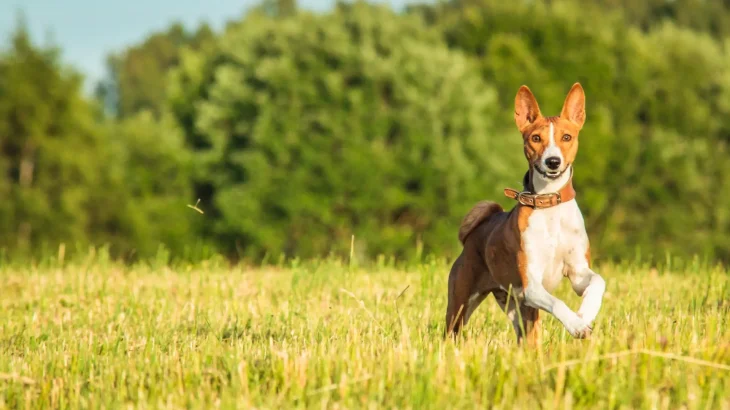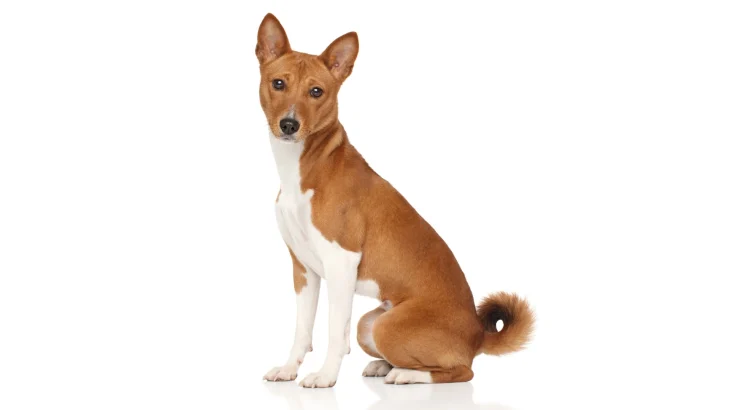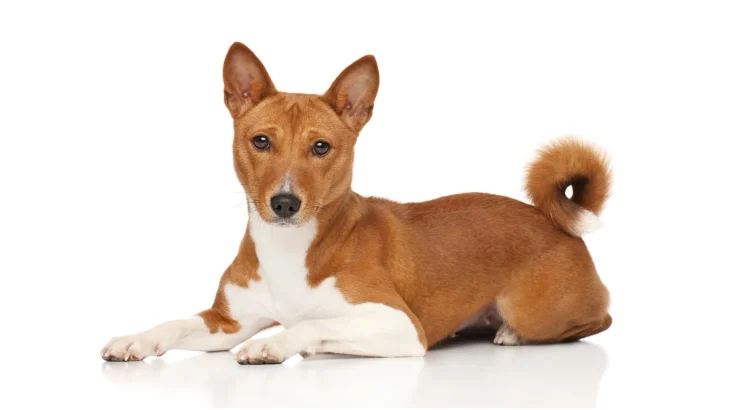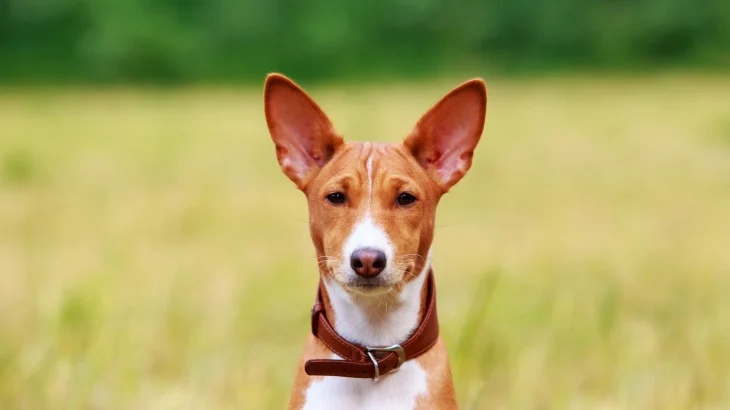When deciding whether to bring a Basenji puppy into your home, choosing between adoption and purchasing from a breeder involves weighing the predictability of the puppy's background against the chance to rescue a dog in need. Buying from a breeder often provides insights into lineage and health history, while adoption offers a meaningful option to give a Basenji a second chance.
| Criteria | Buying from Breeder | Adopting from Shelter/Rescue |
|---|---|---|
| Cost | Higher upfront cost reflecting purity and breeder care. | Lower adoption fees, making it more budget-friendly. |
| Health History | Thorough health screening and genetic information usually available. | Health background may be limited or unknown, though basic checks are done. |
| Age Availability | Primarily puppies, allowing full growth with you. | Range of ages from puppies to adults, for various adopter preferences. |
| Ethical Considerations | Supports breeders focused on breed preservation when responsibly chosen. | Helps reduce shelter populations and gives homes to dogs in need. |
| Temperament Insight | Breeders often share lineage temperament traits and early socialization info. | Behavior assessments available from shelter staff, but less lineage info. |
| Breed Purity & Pedigree | Documentation on pedigree and purity typically provided. | May lack full pedigree proof, with mixed breed possibilities. |




















































